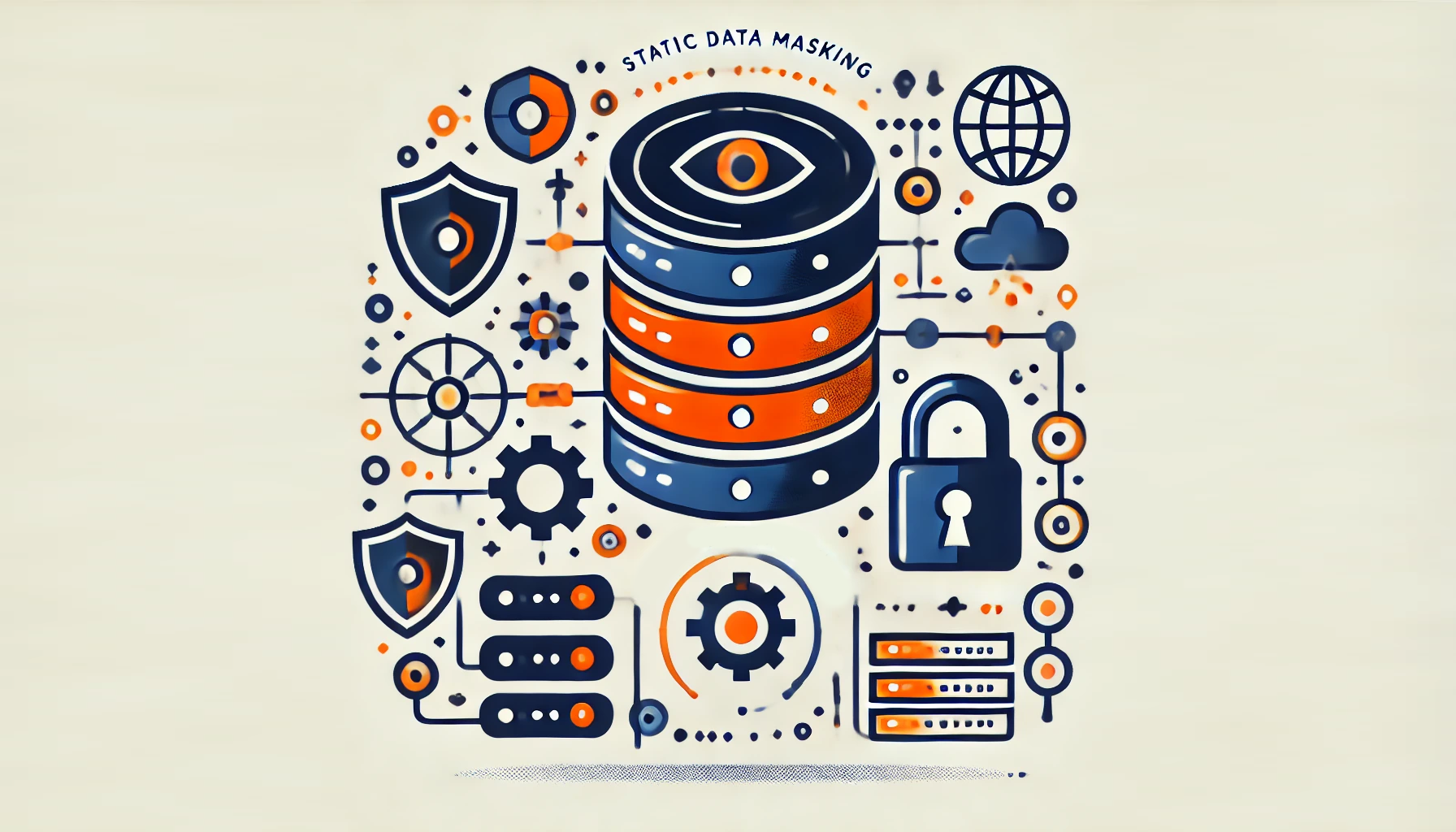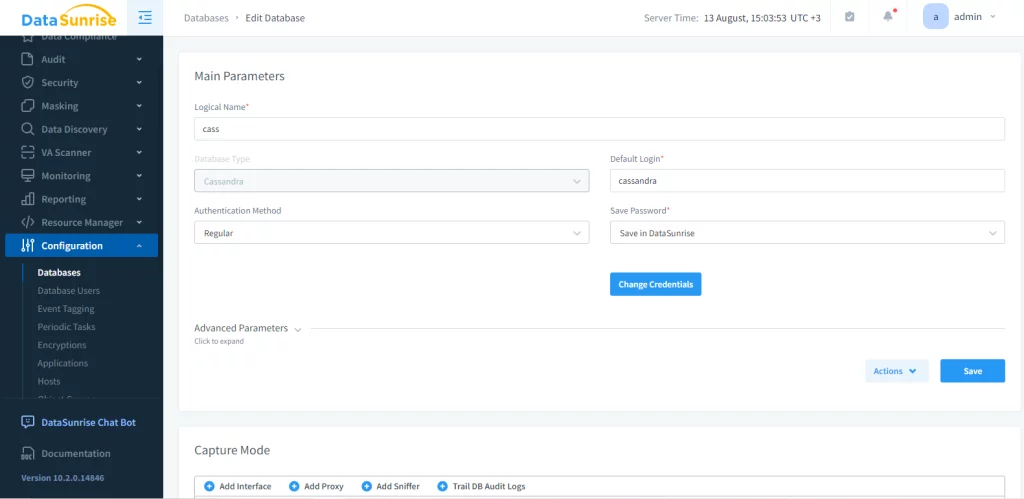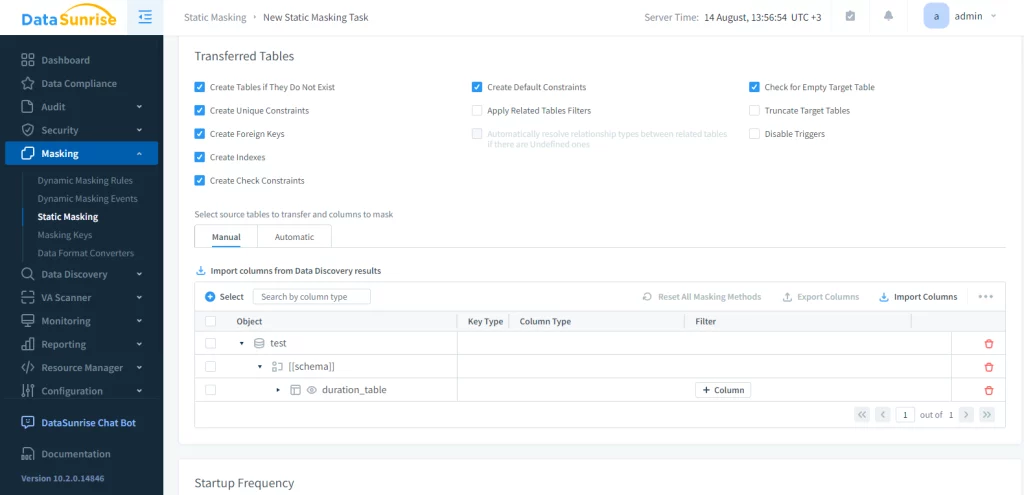
Static Data Masking in Cassandra: Securing Sensitive Information

Static data masking is a crucial security technique for protecting sensitive information in databases. This process involves replacing real data with fictional yet realistic-looking data. Cassandra, a popular NoSQL database, benefits greatly from static data masking to safeguard confidential information.
Cassandra is a highly scalable, distributed database system designed to handle large amounts of structured data. It has the ability to manage massive datasets across multiple servers without a single point of failure. Many organizations use Cassandra to store and manage sensitive information, making data protection a top priority.
Sensitive data in Cassandra databases often includes personal information, financial records, and confidential business data. This information requires protection from unauthorized access and potential breaches. Static data masking provides a solution by creating a separate, masked copy of the database for non-production environments.
The Static Data Masking Process
Static data masking in Cassandra involves several steps. Administrators first locate important data in the database. This data includes names, addresses, social security numbers, and credit card details. The administrators do this to ensure they keep the information safe.
Next, they define masking rules for each type of sensitive data. These rules dictate the transformation of the original data. For example, a rule could require changing all phone numbers to random numbers in the same style.
Once you set the rules, you begin the masking process. The system retrieves information from Cassandra. It then applies rules to conceal sensitive data. This process results in a secure new version of the data.
The system saves the modified data in a separate Cassandra database for testing, development, or analyzing. It is not the main copy.
Implementation
Here’s a simple code example demonstrating how static data masking might be implemented for a Cassandra database:
-- Create the original table
CREATE TABLE users (
id UUID PRIMARY KEY,
name TEXT,
email TEXT,
phone TEXT,
ssn TEXT
);
-- Insert some sample data
INSERT INTO users (id, name, email, phone, ssn)
VALUES (uuid(), 'John Doe', 'john@example.com', '1234567890', '123-45-6789');
-- Create the masked table with the same structure
CREATE TABLE masked_users (
id UUID PRIMARY KEY,
name TEXT,
email TEXT,
phone TEXT,
ssn TEXT
);
-- Insert masked data into the new table
INSERT INTO masked_users (id, name, email, phone, ssn)
SELECT
id,
-- Mask name by replacing with 'XXXX'
'XXXX' AS name,
-- Mask email by keeping domain, replacing username with 'xxxx'
concat('xxxx@', split(email, '@')[1]) AS email,
-- Mask phone by keeping last 4 digits, replacing rest with 'X'
concat('XXXXXX', right(phone, 4)) AS phone,
-- Mask SSN by keeping last 4 digits, replacing rest with 'X'
concat('XXX-XX-', right(ssn, 4)) AS ssn
FROM users;
This example demonstrates connecting to a Cassandra database. It also shows how to retrieve data from a ‘users’ table. The example includes masking the name and phone number. Finally, it explains how to store the masked data in a new ‘masked_users’ table.
This, however, might be complicated to perform towards a large-scale storage. To simplify the process of static data masking, it’s better to consider using third-party solutions, like DataSunrise. To do that, you must first create an instance of Cassandra database.

This allows to create audit, security and masking rules and tasks. Next, we need to create a static masking task. In this step, you must select a source and a target database, both of which must be Cassandra. The process will truncate the whole keyspace, so a user needs to be cautious not to lose any important data.

All that’s left is to start the task.
Benefits and Challenges
Static data masking in Cassandra offers several benefits. It enhances data security by reducing the risk of exposing sensitive information in non-production environments. It also helps organizations comply with data protection regulations like GDPR, HIPAA, or PCI DSS.
Development teams can work with realistic data without compromising security, leading to more accurate testing and better-quality software development. Additionally, static data masking is a cost-effective way to protect sensitive information compared to other security measures.
However, implementing static data masking also presents challenges. Keeping relationships between tables and columns in masked data can be difficult. The masking process can be time-consuming, especially for large Cassandra databases. Creating effective masking rules that preserve data utility while ensuring privacy requires a deep understanding of both the data structure and specific security requirements.
Best Practices and Tools
To maximize the effectiveness of static data masking in Cassandra, organizations should follow best practices. This process includes several steps.
First, you need to find the data. Then, use special masking methods for different types of data.
Updating the masked data regularly is important. You must also enforce strict access rules. Finally, keep a record of all masking actions.
Several tools can help with static data masking in Cassandra. Cassandra Data Masker is a free tool made for Cassandra. It helps users create rules to hide data in certain tables and columns.
Trifacta offers simple data masking tools for various databases, including Cassandra. Users can easily create and manage masking rules. DataSunrise Database Security Suite includes a data masking module that supports Cassandra, offering advanced masking techniques and comprehensive security features.
Conclusion
Static data masking is a vital tool for protecting sensitive information in Cassandra databases. By creating realistic yet fictional data for non-production use, organizations can enhance security, comply with regulations, and improve their development processes. The example shows how to hide data in Cassandra, but real-world use would involve more complex rules and considerations.
Implementing static data masking can be difficult. However, following best practices and using the right tools can make it easier to overcome these challenges.
Data protection is becoming more important. Static data masking will be essential for Cassandra users. This will help them keep their information safe.
Organizations that use Cassandra should use static data masking. This helps protect sensitive information. It also ensures they comply with data protection regulations. This is an important part of their security strategy.
